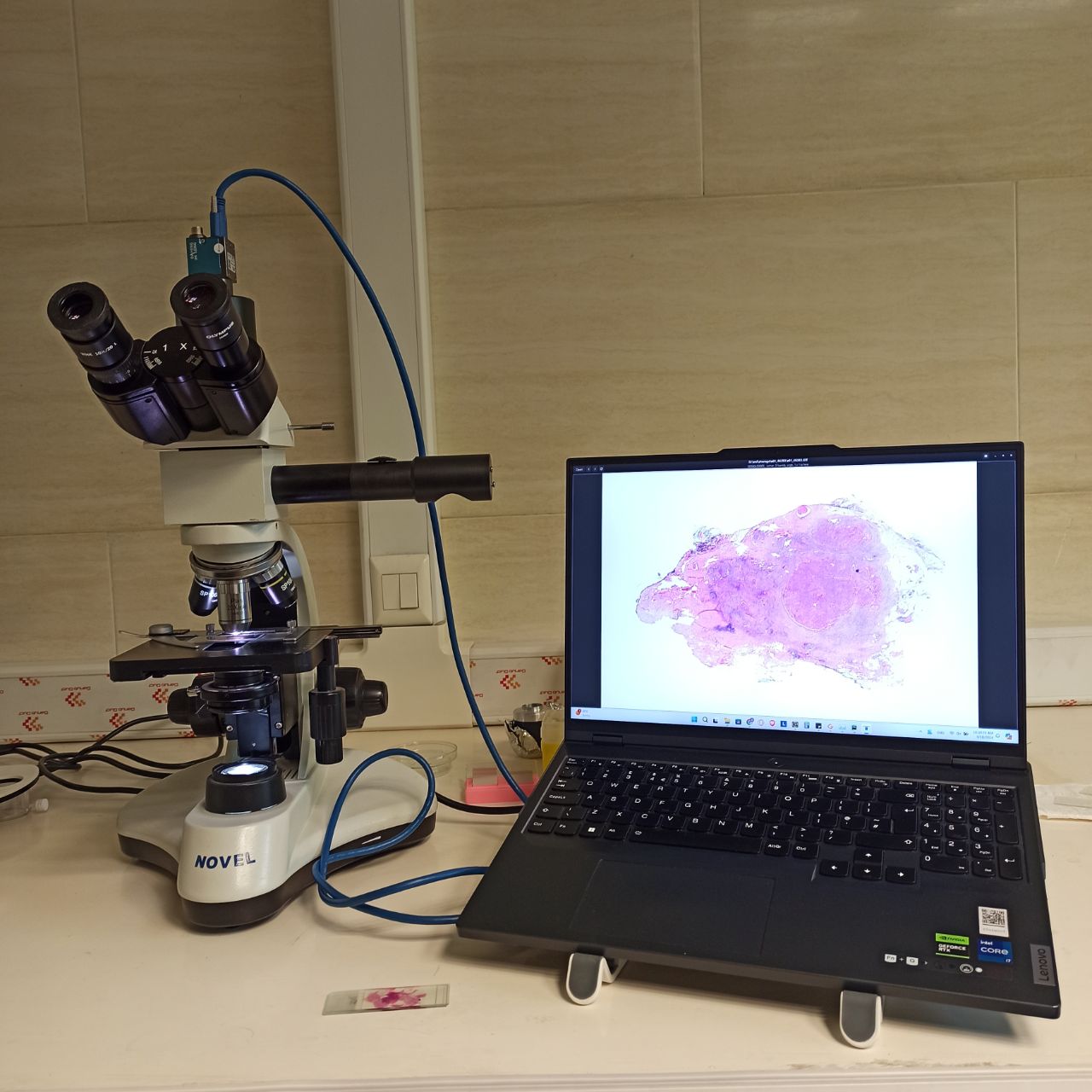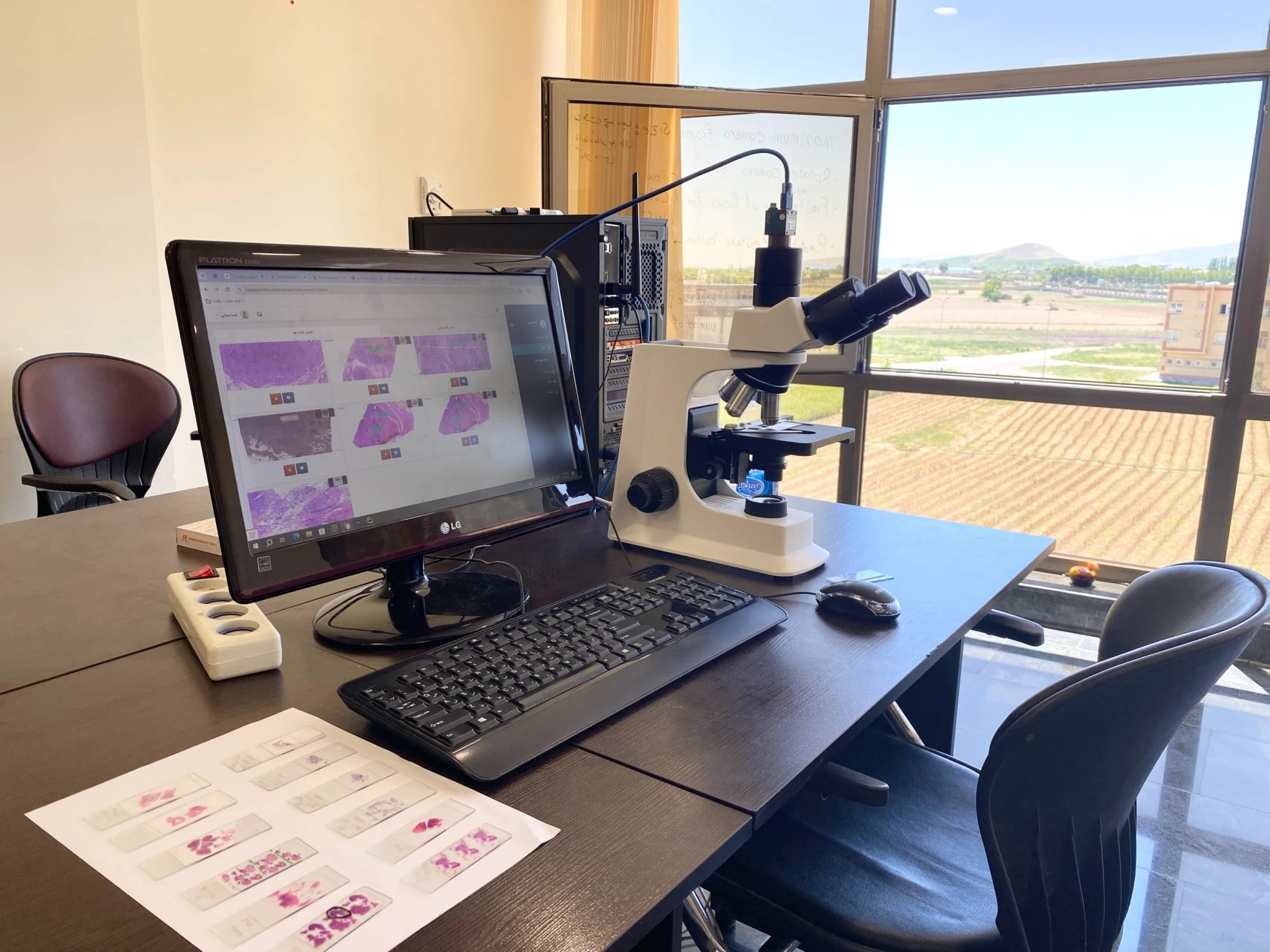Welcome to the Future of Pathology
In today's rapidly evolving medical landscape, pathologists are faced with increasing demands for accuracy, speed, and efficiency in diagnoses. While traditional microscopy methods are reliable, they often fall short of meeting these needs. It’s time for the slide scanner to take center stage!
What is a Slide Scanner?
A slide scanner is a sophisticated digital imaging tool specifically designed for pathology labs. It captures high-resolution images of entire tissue sections on glass slides, creating precise digital slides. Beyond offering high-quality images, the slide scanner also enables storage and organization of digital samples, greatly enhancing data management in laboratories.
Another key advantage of slide scanners is their ability to digitize slides, allowing pathologists to easily examine samples from any location and share them with other specialists. This feature is particularly valuable for telepathology processes and team-based diagnoses, significantly improving the quality of pathology services.
What is a Digital Slide?
A digital slide is a high-resolution image of a tissue sample created using advanced slide scanner devices. In this process, a sample placed on a glass slide is transformed into a digital image that can be stored and viewed on a computer. Digital slides enable pathologists to review samples remotely without needing physical access, thus enhancing the speed and accuracy of disease diagnosis.

Manual Slide Scanner
A manual slide scanner is a simpler and more cost-effective version of advanced digital scanners, designed for smaller laboratories or educational settings. Unlike automated models, manual slide scanners require user intervention to place and move slides. These devices usually offer high-resolution slide scanning but are limited in speed and additional features such as cloud storage or automated processes.
This type of scanner is ideal for labs with low workloads or those seeking an affordable option. It is also useful for educational or research purposes where continuous and rapid scanning of samples is not required. Manual slide scanners maintain image quality while allowing users to digitize their samples and conveniently store and review them on a computer.
Key Features of Slide Scanners
- * High-Resolution Imaging * Capture even the smallest cellular details with unparalleled clarity.
- * Fast Scanning *Efficiently process multiple slides, saving valuable time.
- * Cloud Storage *Securely store and access your digital slides anytime, anywhere.

Advanced Concepts: Digital Pathology, Telepathology, and Virtual Slides
Digital Pathology is a revolution in the world of diagnostics. This approach enables physicians to store digital images of tissue samples and use specialized software for advanced analysis. This technology reduces the limitations of sample transportation and human error while allowing better comparison of results.
Telepathology is one of the most important outcomes of digital pathology. This technology allows pathologists to share digital images of slide samples online and perform remote diagnoses. Telepathology plays a critical role, especially in remote areas or emergencies where access to specialist physicians is limited.
Virtual Slides take digital slides a step further. Using this technology, users can view scanned slide images interactively, zoom in on details, and analyze samples more accurately. Virtual slides also facilitate team-based review of slides without requiring simultaneous physical presence in one location.
In the world of digital pathology, technological advancements have led to the widespread use of digital slides and slide scanners. Digital slides allow pathologists to store and review tissue samples digitally, increasing diagnostic accuracy. On the other hand, slide scanners play a crucial role in this process. These devices scan traditional glass slides and convert them into high-quality digital images, enabling specialists to review samples remotely and achieve more precise analyses. By combining digital slides and slide scanners, the diagnostic process becomes faster, more accurate, and easier to share with other specialists, ultimately improving the quality of healthcare services.
Want to learn more about our product (Digipath)? Click here